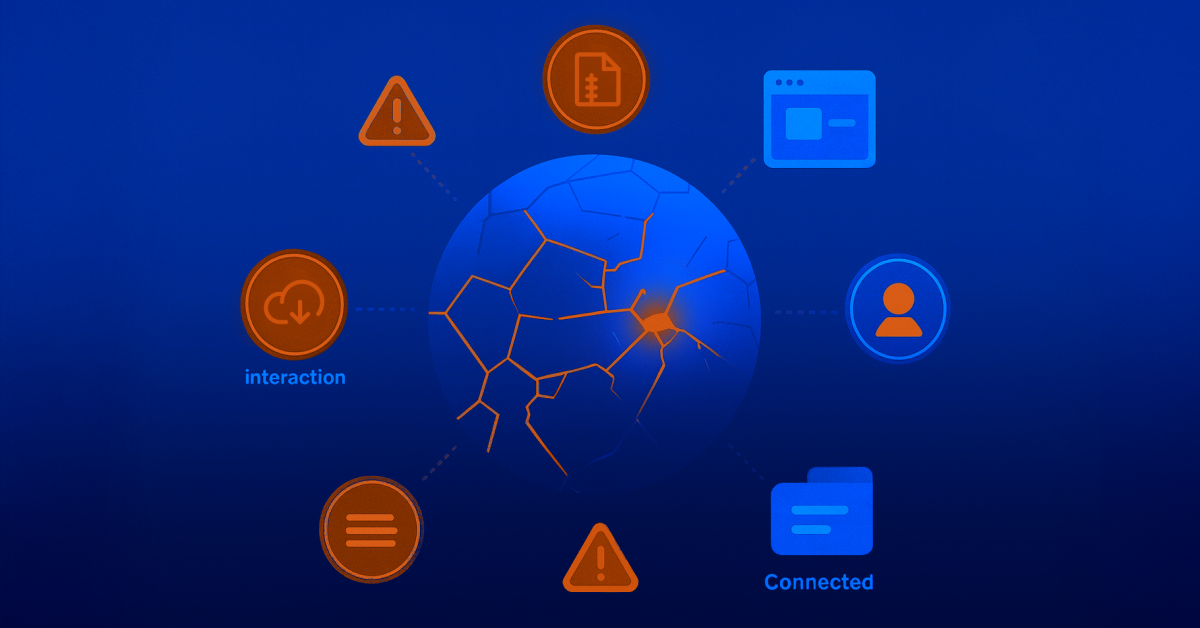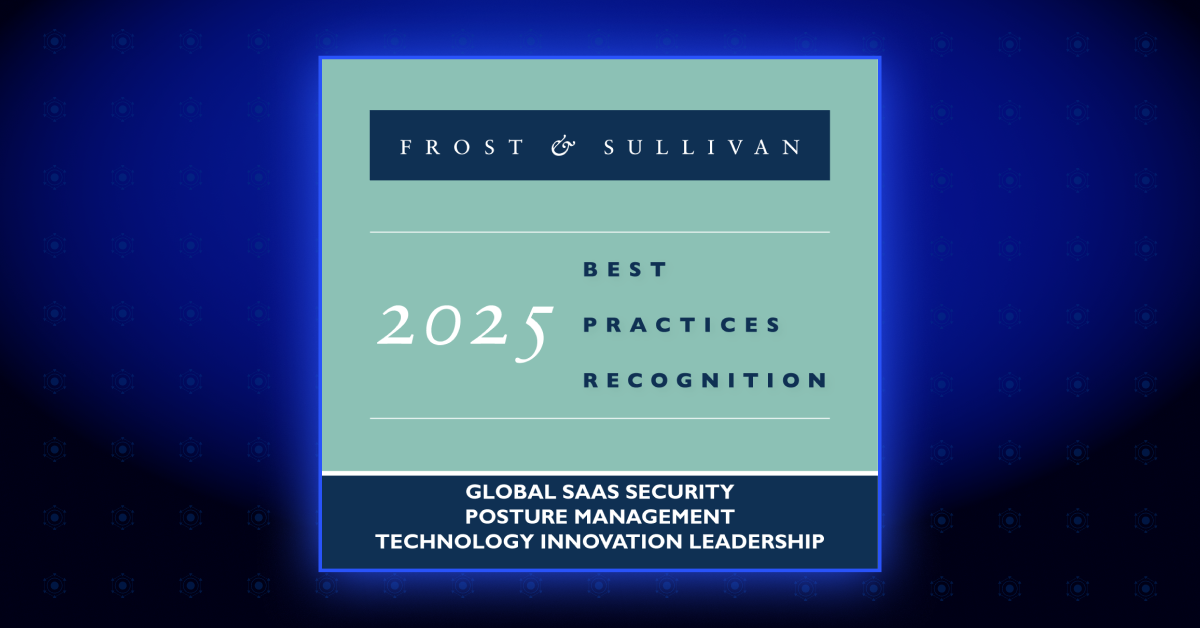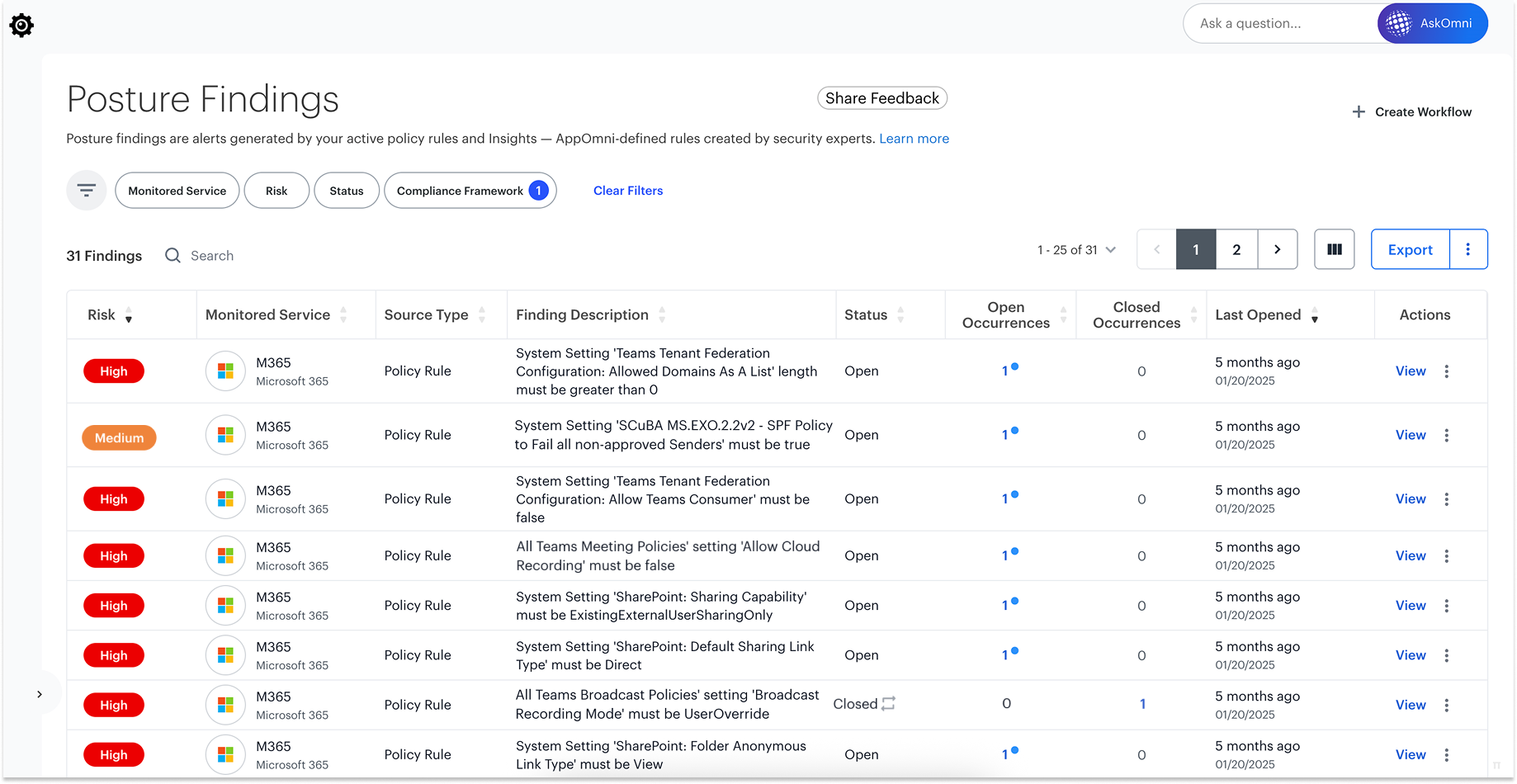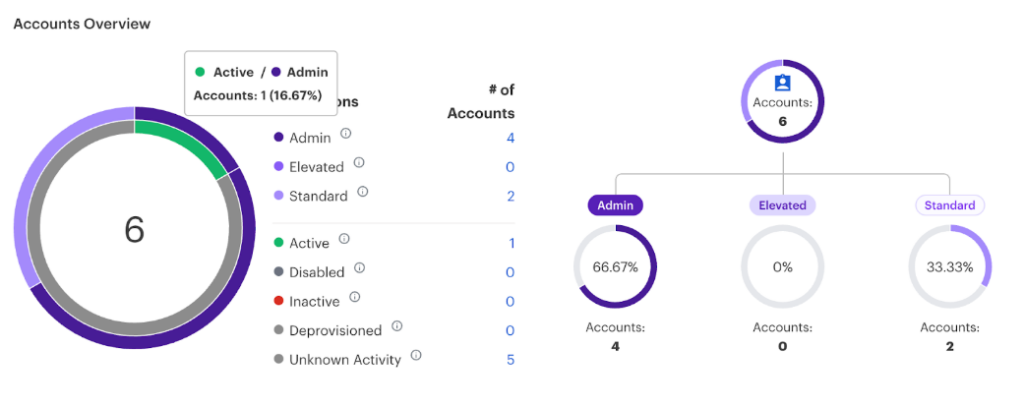Industry
AppOmni for Government
Manage configurations, security posture, and drift across your SaaS environment to reduce risk.

How AppOmni secures SaaS
for Government
Misconfigurations, unauthorized access, and compliance requirements like SCuBA, NIST 800-53, and FISMA demand a proactive approach.
AppOmni delivers visibility, control, and compliance for SaaS applications, enabling government teams to protect sensitive data, meet stringent security frameworks, and streamline compliance reporting—all without disrupting operations.

Out-of-the-box Compliance Checks

Detect Configuration Deviations

Automate With Continuous Monitoring

Triage and Remediation Guidance
FedRAMP-Authorized SaaS Security for Federal Agencies
AppOmni’s SaaS Security Platform has been granted FedRAMP® Authority to Operate (ATO), giving federal agencies a trusted path to secure their SaaS environments with confidence. Backed by 325+ controls and built to meet the U.S. government’s highest cybersecurity standards, AppOmni supports agencies in safeguarding sensitive data like CUI, PII, and PHI across platforms like M365, Salesforce, and ServiceNow.
With CISA’s BOD 25-01 now in effect, AppOmni helps federal and civilian agencies, private enterprises, and highly-regulated industries meet SCuBA compliance requirements out of the box—providing instant visibility, secure configurations, and continuous monitoring across core Microsoft apps.
Request your complimentary SCuBA compliance assessment.

AppOmni on FedRAMP Marketplace
Latest Resources
-

How To Handle Increased Account Takeover Risks from Recent Credential Dumps
Billions of stolen credentials from Synthient heighten SaaS and IdP account takeover risks. Learn how AppOmni helps stop credential-based intrusions fast.
-

AppOmni Wins Frost & Sullivan’s 2025 Technology Innovation Leadership Award
Frost & Sullivan named AppOmni the 2025 Technology Innovation Leader for its customer-first innovation, scalable SaaS protection, and leadership in the global SSPM market.
-

How New Supply Chain Attacks Challenge SaaS Security: Lessons from UNC6395 and UNC6040 (ShinyHunters)
SaaS supply chain attacks exploit SaaS-to-SaaS connections using stolen OAuth tokens. Get practical steps to reduce your risk and protect business data.


